Table of Contents
- FREE 11+ Medical Case Study Templates in PDF | MS Word
- 1. Medical Student Case Study
- 2. Medical Journal Case study
- 3. Medical Center Case Study
- 4. Emergency Medical Treatment Case Study
- 5. Research in Medical Education Case Study
- 6. Medical Device Connectivity Case Study
- 7. Medical Nutrition Therapy Case Study
- 8. Medical Center Anesthesia Manager Case Study
- 9. Medical Database Case Study
- 10. Mobile Medical Units Case Study
- 11. Medical Center Governance Case Study
- 12. Medical Accommodation Case Study
- 8 Steps on How to Write a Case Study
FREE 11+ Medical Case Study Templates in PDF | MS Word
A case study refers to a method or record of research on the creation over a period of time of a given person, community, or circumstance. In other words, it is a research method in the social and life sciences which involves an up-close, in-depth, and concise overview of a specific subject or topic. It is a research methodology and/or an empirical analysis that explores a topic in the context of its real life. A medical case study is the study of some specific operations in the medical field.

FREE 11+ Medical Case Study Templates in PDF | MS Word
1. Medical Student Case Study
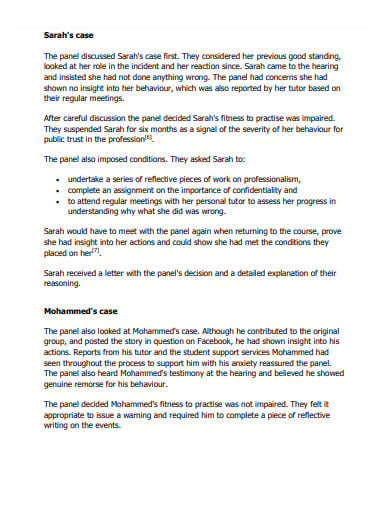 gmc-uk.org
gmc-uk.org2. Medical Journal Case study
 southsudanmedicaljournal.com
southsudanmedicaljournal.com3. Medical Center Case Study
 aspect.com
aspect.com4. Emergency Medical Treatment Case Study
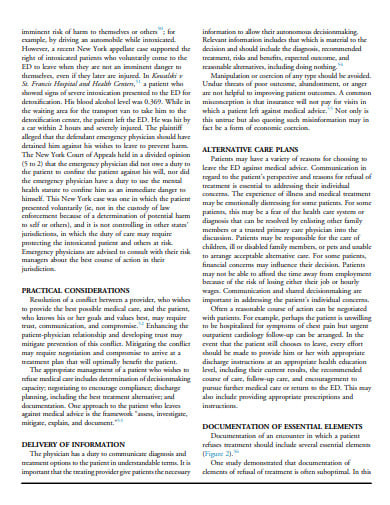 broomedocs.com
broomedocs.com5. Research in Medical Education Case Study
 edu.au
edu.au6. Medical Device Connectivity Case Study
 himss.org
himss.org7. Medical Nutrition Therapy Case Study
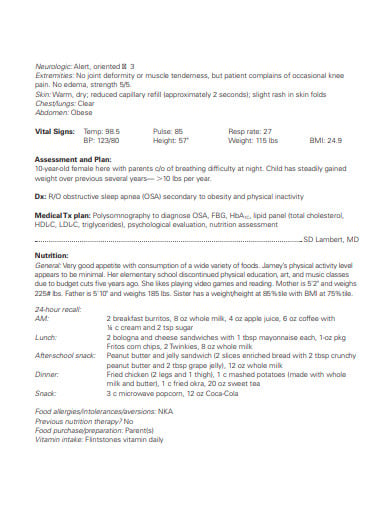 cpncampus.com
cpncampus.com8. Medical Center Anesthesia Manager Case Study
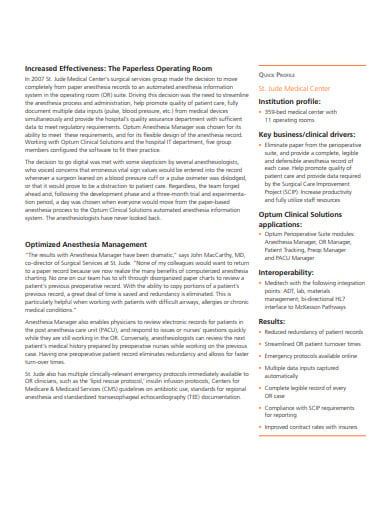 optum.com
optum.com9. Medical Database Case Study
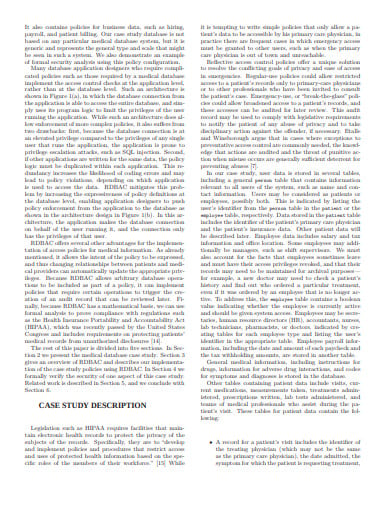 illinois.edu
illinois.edu10. Mobile Medical Units Case Study
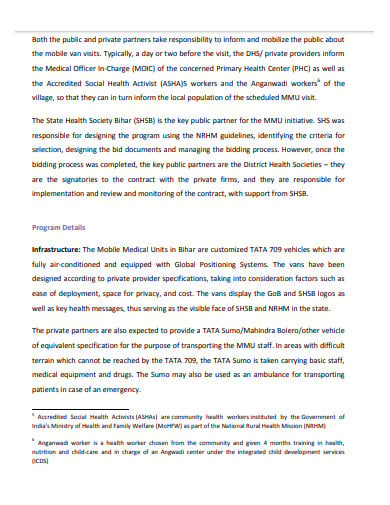 accessh.org
accessh.org11. Medical Center Governance Case Study
 cfar.com
cfar.com12. Medical Accommodation Case Study
 phoenix.edu
phoenix.edu8 Steps on How to Write a Case Study
Step 1: Determine the Topic
In most cases, the topic of the case study is generally assigned to the person. However, if that is not the case with you, then you have the freedom to choose one for yourself. However, you have to keep in mind to be careful with that. The topic or the subject should be such that it is able to generate interest not only in you but also in the readers. This will help you to not get bored when doing the case study as case studies do tend to be quite taxing. With the right mindset, you are sure to discover something new and enjoy the writing process. Keep in mind to not select topics that are too technical or general.
Step 2: Do Your Research
Once you have selected your topic for your case study, the next step involves doing the research. You need to search for enough reliable secondary and primary sources for the same. After that, you will have to review them all properly and determine which information is appropriate. At this stage, you can evaluate your references and start documenting your sources according to a citation style specified by your instructor, if you have any. Later, when composing your case study and constructing your bibliography, you can use your comments on quotes.
Step 3: Provide a Good Summary
You’ve received loads of great ideas from your research. The next thing hence, to do is to make a proper summary. This step is crucial as without it there will be no concentrating on your study. If you think about how to write a case study summary, you need to construct 2 or 3 critical phrases that provide a comprehensive overview of the study. The following few features need to be kept in mind when writing it:
- It must be informative.
- It should summarize the narrative by presenting the client and their specific problems.
- It should be able to illustrate what the main outcomes were.
- It should illustrate primary outcomes like 1 or 2 statistics that bring the takeaway message home.
Step 5: Make a Rough Draft
This step is to be followed midway through the project. Once you have all the elements of the case study together, you need to produce the first draft. A few things need to be kept in mind while making this. This includes;
Concentre your review:
- Identify at least two to five key issues.
- Determine the purpose of their existence.
- Determine their impact on the organization.
- Determine who is in charge of them.
Try to reveal possible solutions:
- Study the readings of the course, the interviews, the background beyond the case study.
Choose the best solution:
- Find compelling evidence that will support benefits and drawbacks. You need to ask yourself if the approach is realistic or not.
Step 6: Provide an Introduction
The summary and the title are to be followed by the introduction. Keep in mind that the intro needs to be able to grab the attention of the readers at the first go. The introduction can begin with a provocative question, some unique or generic statistics, an anecdote, some interesting facts, or whatever else you think would draw attention.
Step 7: Insert the Required Elements
The intro is followed by a body that will be based on your topic. This should include three very important points:
Background: The purpose of the background is to set the scene. This can include the background info on the subject, important facts, relevant issues, etc. It needs to show the reader that you have researched the problems.
Alternatives: You need to outline probable alternatives. Clarify why this approach was selected. Then add to this solution solid evidence, outside research, and personal experience (anecdotes).
Recommendations: You need to determine and discuss different approaches to achieve the proposed solution. Suggest more action if necessary to address some of the problems. For that, you would also need to determine what should be done and who would do that.
Besides these, you can more points as and if you need them. In the end, you need to add a conclusion that can paraphrase or summarize your case study’s main highlights.
Step 8: Proofread
The last step is to proofread the whole study. You need to check for all kinds of errors such as statistical, grammatical and spelling mistakes. This is why it was said earlier to make a rough draft first. Make the necessary changes in the draft. You also need to make sure that no piece of information in missing. Once this has been done, you can submit/publish the case study.

